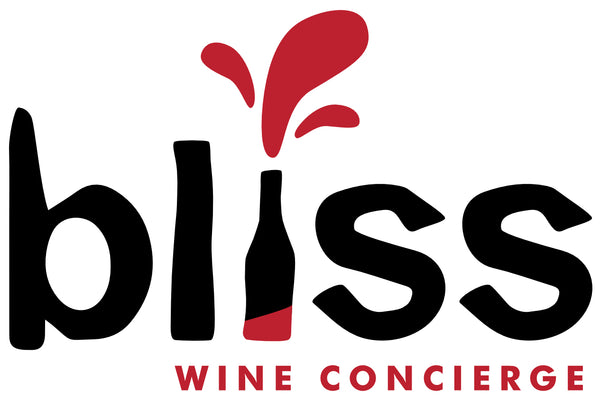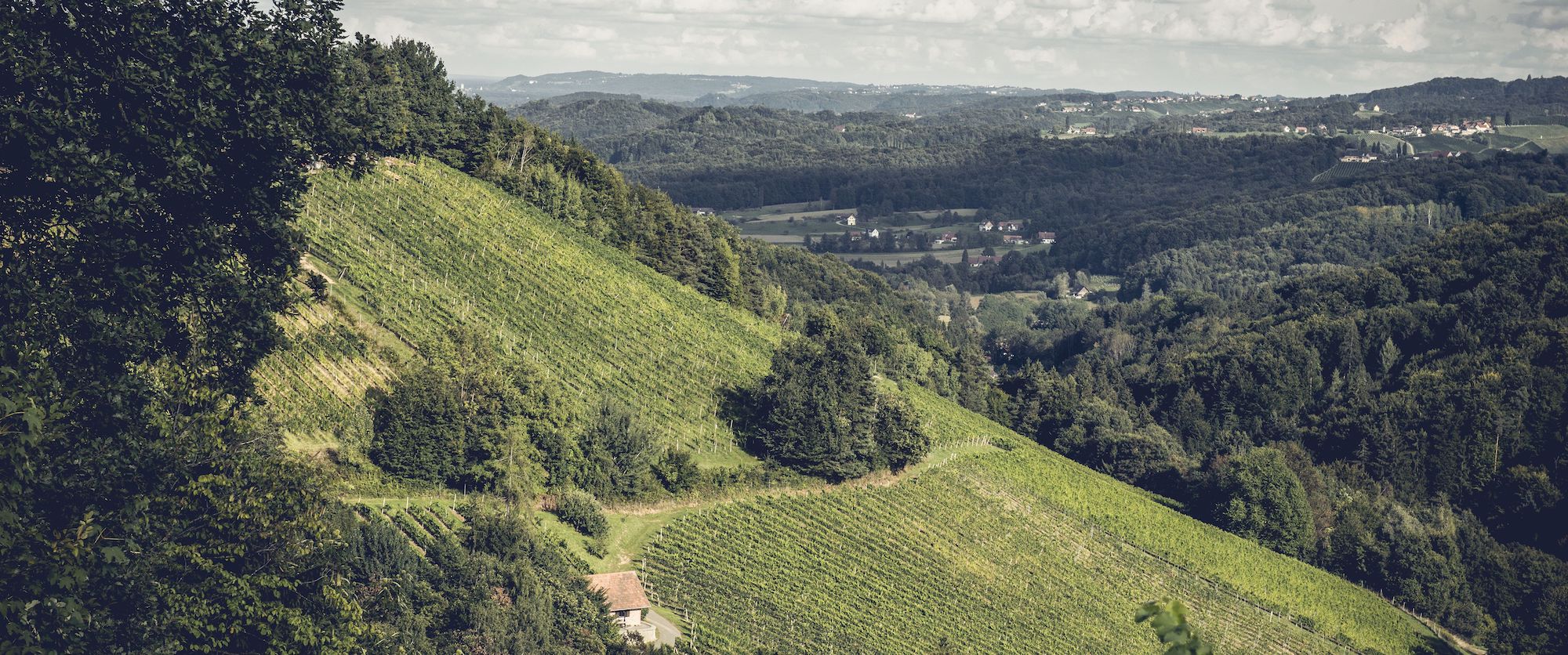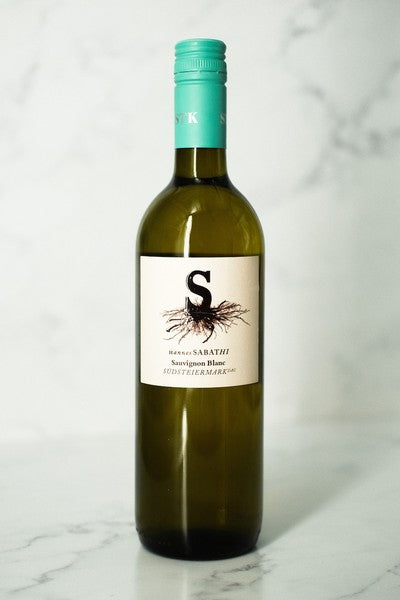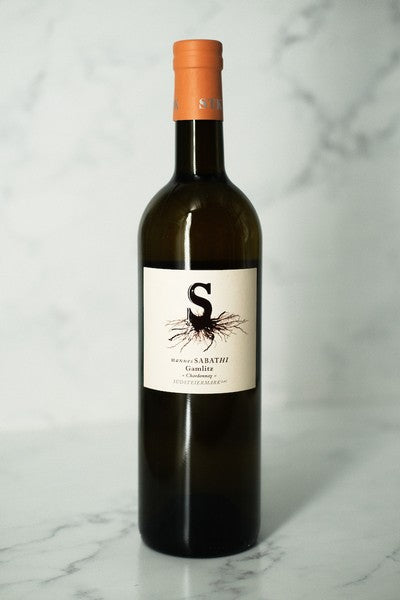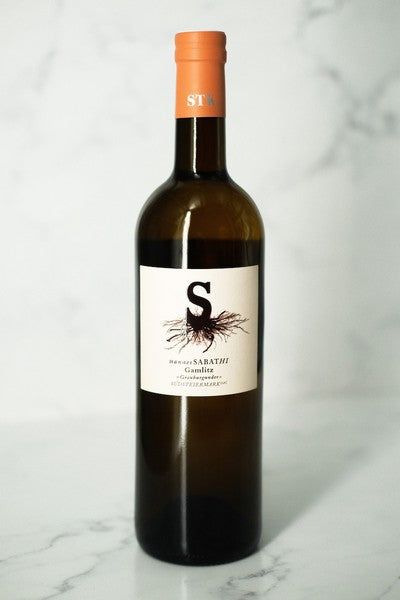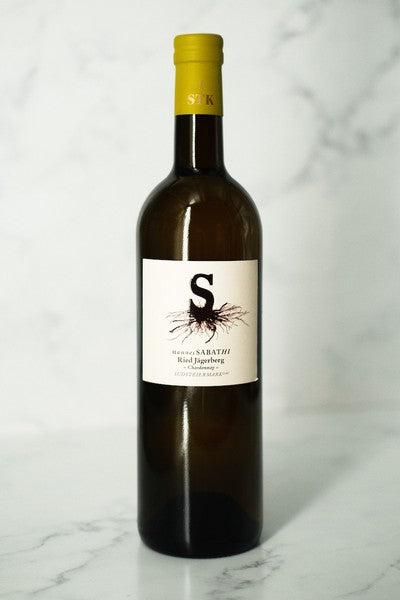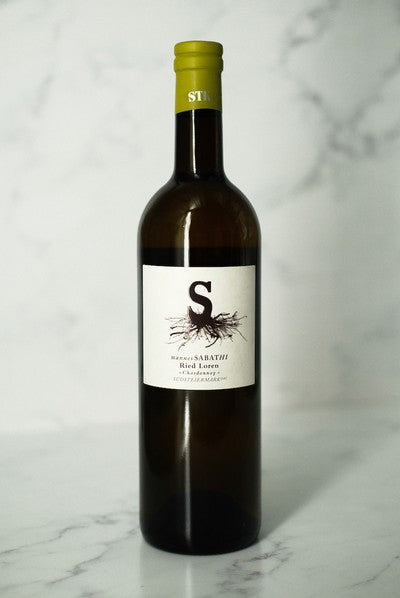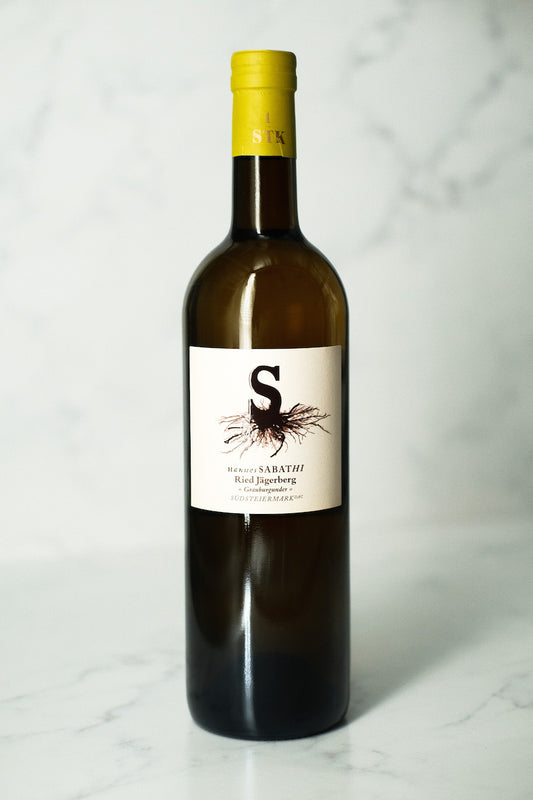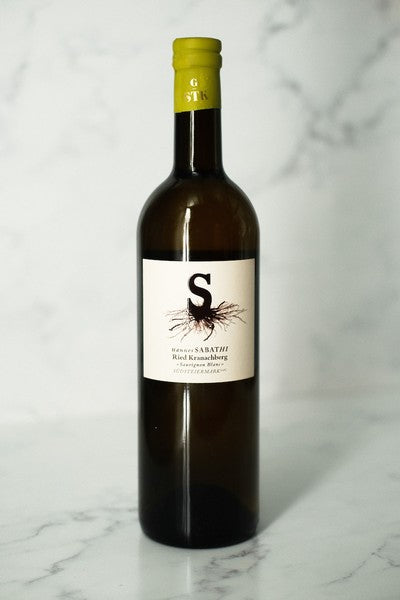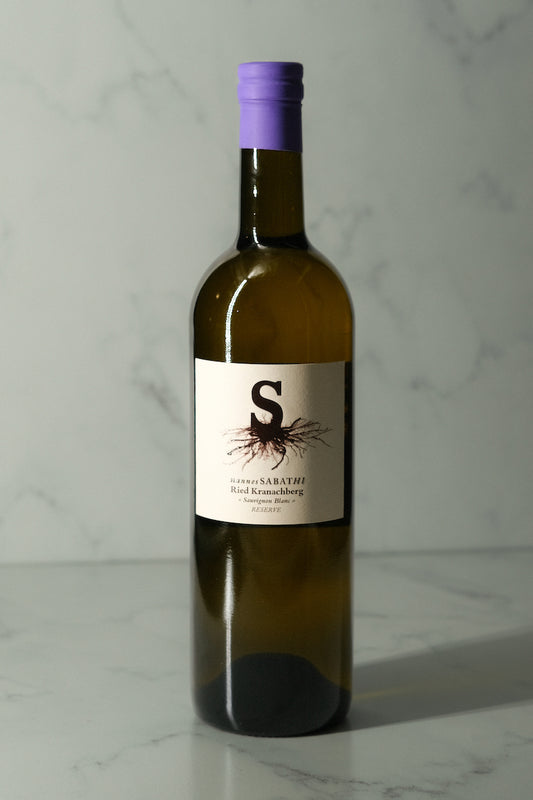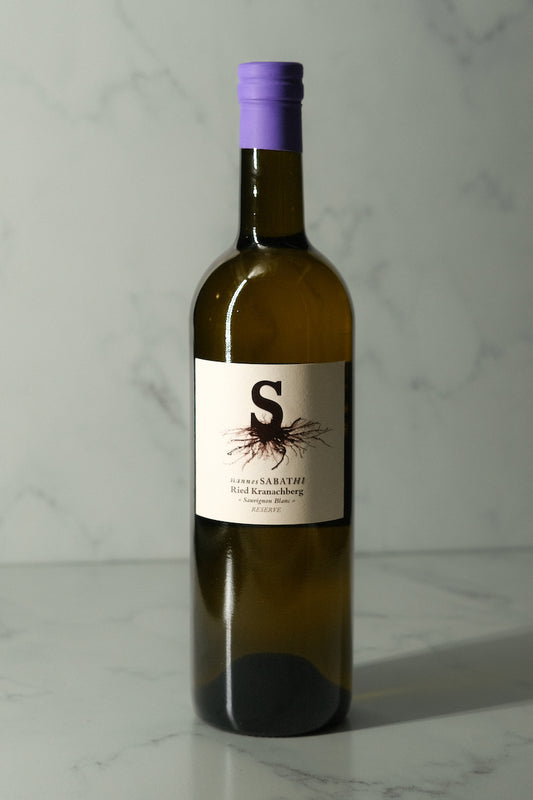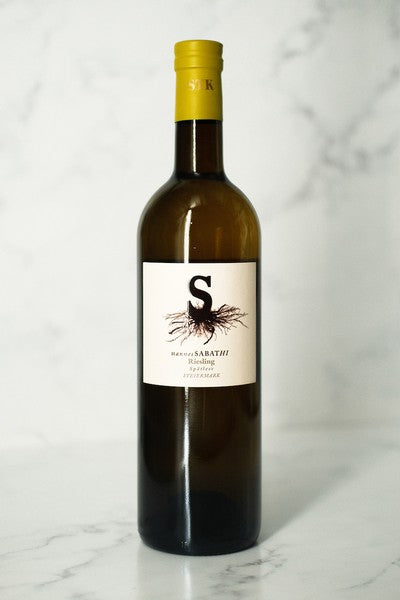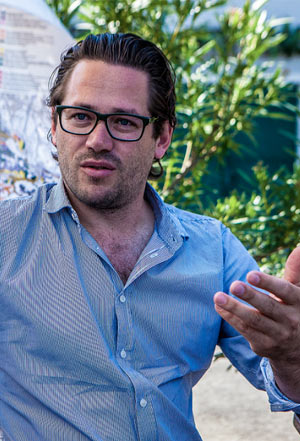
Winemaker: Hannes Sabathi
Collapsible content
Winery Stats
Winery Story
Philosophy
Something Random
-
Hannes Sabathi - Klassic Sauvignon Blanc 2021
Vendor:Bliss Wine ConciergeRegular price $25.00 USDRegular priceUnit price per -
Hannes Sabathi - Gamlitz Chardonnay 2018
Vendor:Bliss Wine ConciergeRegular price $30.00 USDRegular priceUnit price per -
Hannes Sabathi - Gamlitz Grauburgunder 2021
Vendor:Bliss Wine ConciergeRegular price $30.00 USDRegular priceUnit price per -
Hannes Sabathi - Ried Jägersberg Chardonnay 2020
Vendor:Bliss Wine ConciergeRegular price $50.00 USDRegular priceUnit price per -
Hannes Sabathi - Ried Loren Chardonnay 2019
Vendor:Bliss Wine ConciergeRegular price $45.00 USDRegular priceUnit price per -
Hannes Sabathi - Ried Jägersberg Grauburgunder 2020
Vendor:Bliss Wine ConciergeRegular price $45.00 USDRegular priceUnit price per -
Hannes Sabathi - Ried Kranachberg Sauvignon Blanc 2019
Vendor:Bliss Wine ConciergeRegular price $50.00 USDRegular priceUnit price per -
Hannes Sabathi - Ried Kranachberg Sauvignon Blanc 2017
Vendor:Bliss Wine ConciergeRegular price $55.00 USDRegular priceUnit price per -
Hannes Sabathi - Ried Kranachberg Reserve Sauvignon Blanc 2019
Vendor:Bliss Wine ConciergeRegular price $110.00 USDRegular priceUnit price per -
Hannes Sabathi - Ried Kranachberg Reserve Sauvignon Blanc 2017
Vendor:Bliss Wine ConciergeRegular price $110.00 USDRegular priceUnit price per -
Hannes Sabathi - Riesling Spätlese 2021
Vendor:Bliss Wine ConciergeRegular price $50.00 USDRegular priceUnit price per
Video: What's In the Box-July 2023
Andrey and Advanced Sommelier & Cellar Master at Lazy Bear San Francisco, Dan Pendleton dig into Styrian Sunshine in the wines of Hannes Sabathi in Sudsteiermark.
